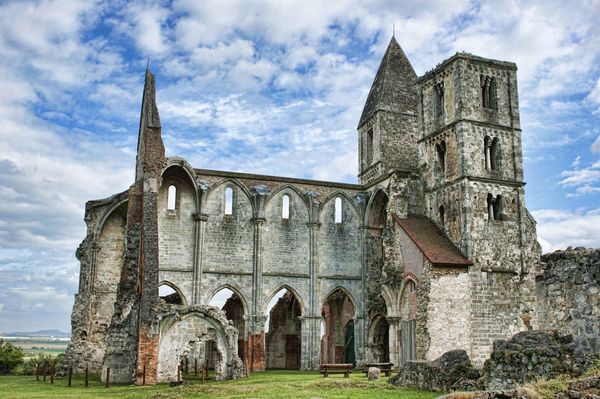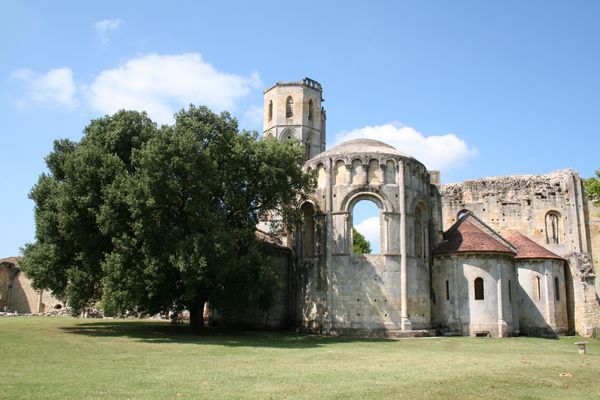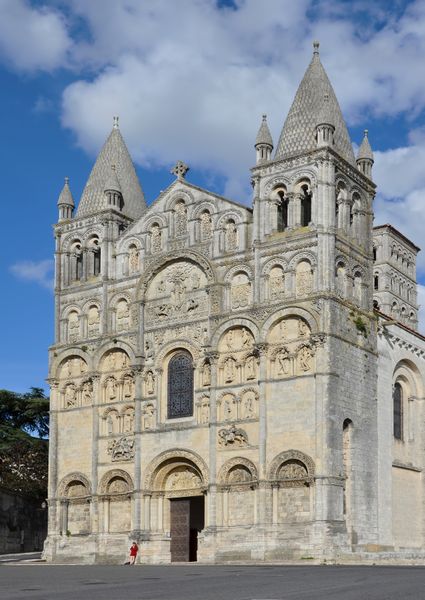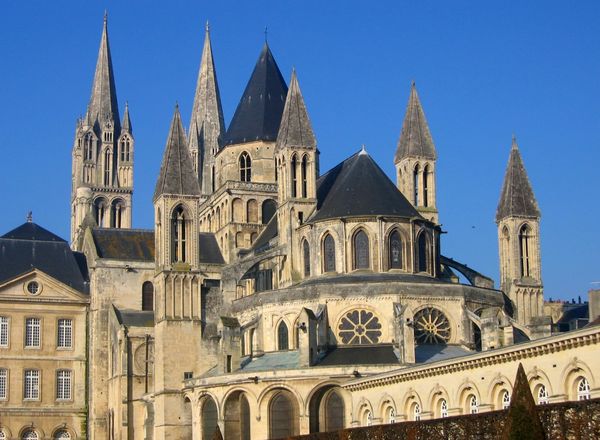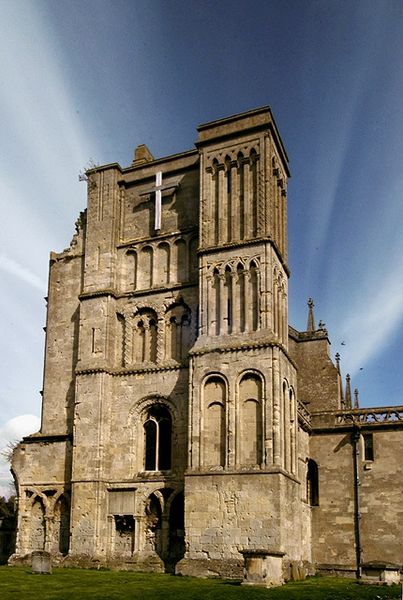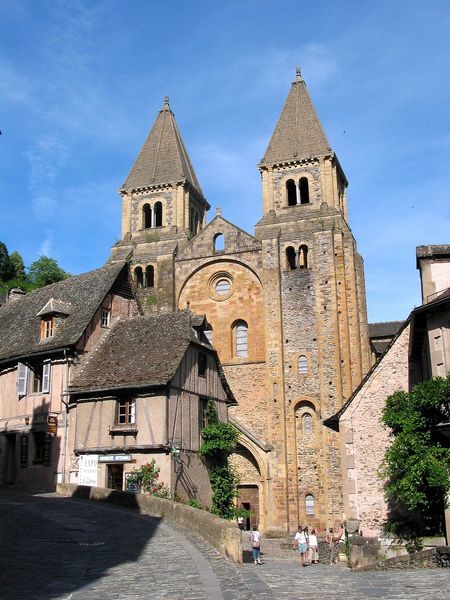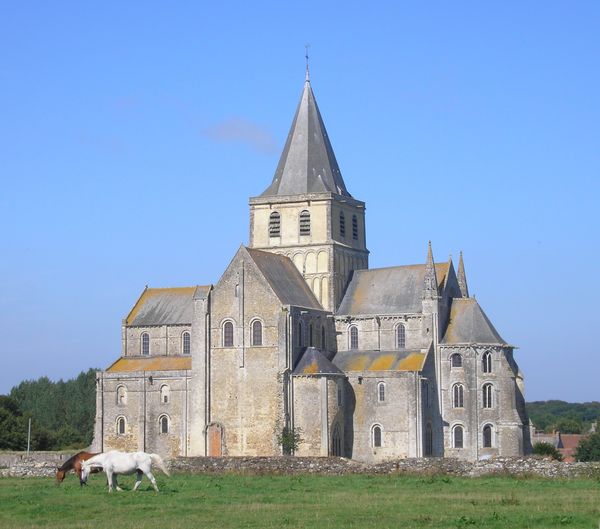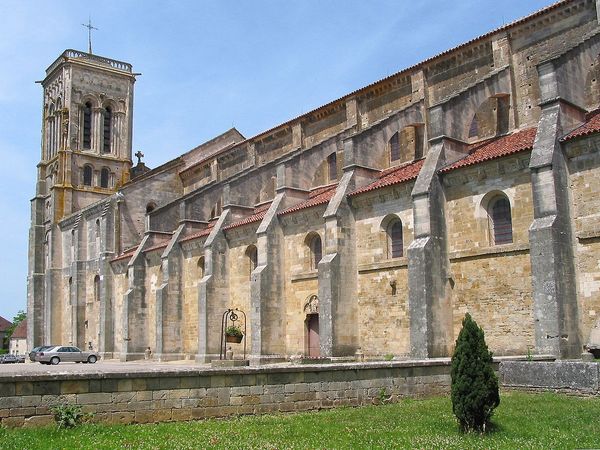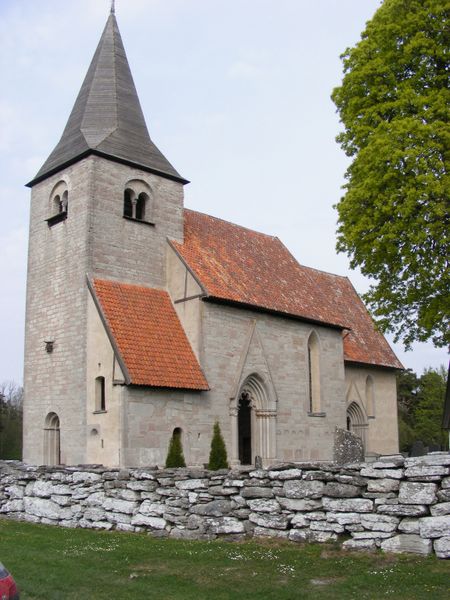
carving, public-art, architecture
#
public art
#
medieval
#
carving
#
sculpture
#
landscape
#
public-art
#
historic architecture
#
romanesque
#
building art
#
arch
#
history-painting
#
architecture
#
historical building
Copyright: Public domain
Curator: Well, that's hauntingly beautiful, isn't it? It's the ruin of the Zsámbék Premontre Monastery Church in Hungary. Constructed way back around 1220. Look at it standing there defiant despite the passage of time and all its damages. Editor: There's a melancholic romance to ruins. All that's been weathered and ravaged stands here; these crumbling stone and jagged arches practically whisper stories. But whose stories? Curator: Probably the devout, those Premonstratensian monks who once walked its halls. Their echoes of devotion are, poetically, more robust than the church building! Editor: Exactly. Institutions, especially religious ones, were rarely built by, for, or with the input of the common person in mind. This church was built as a status symbol reflecting class hierarchy and dominance; the villagers and peasants didn’t likely attend service *inside* these walls! Its ruins don’t convey only divine serenity, but also stories of forced labor, social disparity, patriarchal power, and control of knowledge. Curator: That may be. But something draws my gaze. Notice how the light still catches those few remaining windows. Like it’s holding onto something… or is still trying to illuminate what has passed. It’s a space that is both here and gone; tangible yet, an artifact of imagination that begs the question – how long will any of our current human achievements stand for? Editor: What remains visible is certainly striking and begs curiosity for more of that area's lost stories. But it’s precisely the elements that are *missing*—the stolen relics, destroyed altars, the people whose lives were shaped by the church's social and material pressures – that are critical. Curator: Yes! What resonates the most are the imprints – and maybe those impressions continue evolving over time. But it’s that feeling that I hope lingers. To wander here someday. Imagine the weight and majesty, but even more profoundly the delicate echoes. Editor: I can agree to that; for both of us the church is a constant – and shifting – site of conversation between past and present that speaks of loss and lasting power in a global order designed to forget the most disenfranchised.
Comments
No comments
Be the first to comment and join the conversation on the ultimate creative platform.
